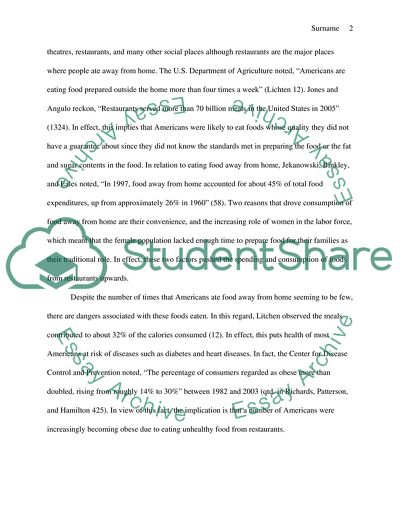Cite this document
(Healthy and Unhealthy Restaurants Research Paper, n.d.)
Healthy and Unhealthy Restaurants Research Paper. Retrieved from https://studentshare.org/sociology/1773619-healthy-and-unhealthy-restaurant
Healthy and Unhealthy Restaurants Research Paper. Retrieved from https://studentshare.org/sociology/1773619-healthy-and-unhealthy-restaurant
(Healthy and Unhealthy Restaurants Research Paper)
Healthy and Unhealthy Restaurants Research Paper. https://studentshare.org/sociology/1773619-healthy-and-unhealthy-restaurant.
Healthy and Unhealthy Restaurants Research Paper. https://studentshare.org/sociology/1773619-healthy-and-unhealthy-restaurant.
“Healthy and Unhealthy Restaurants Research Paper”, n.d. https://studentshare.org/sociology/1773619-healthy-and-unhealthy-restaurant.


